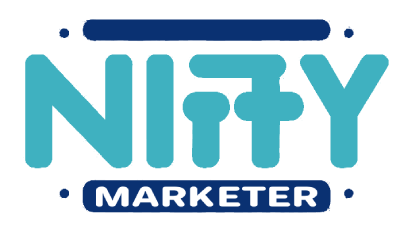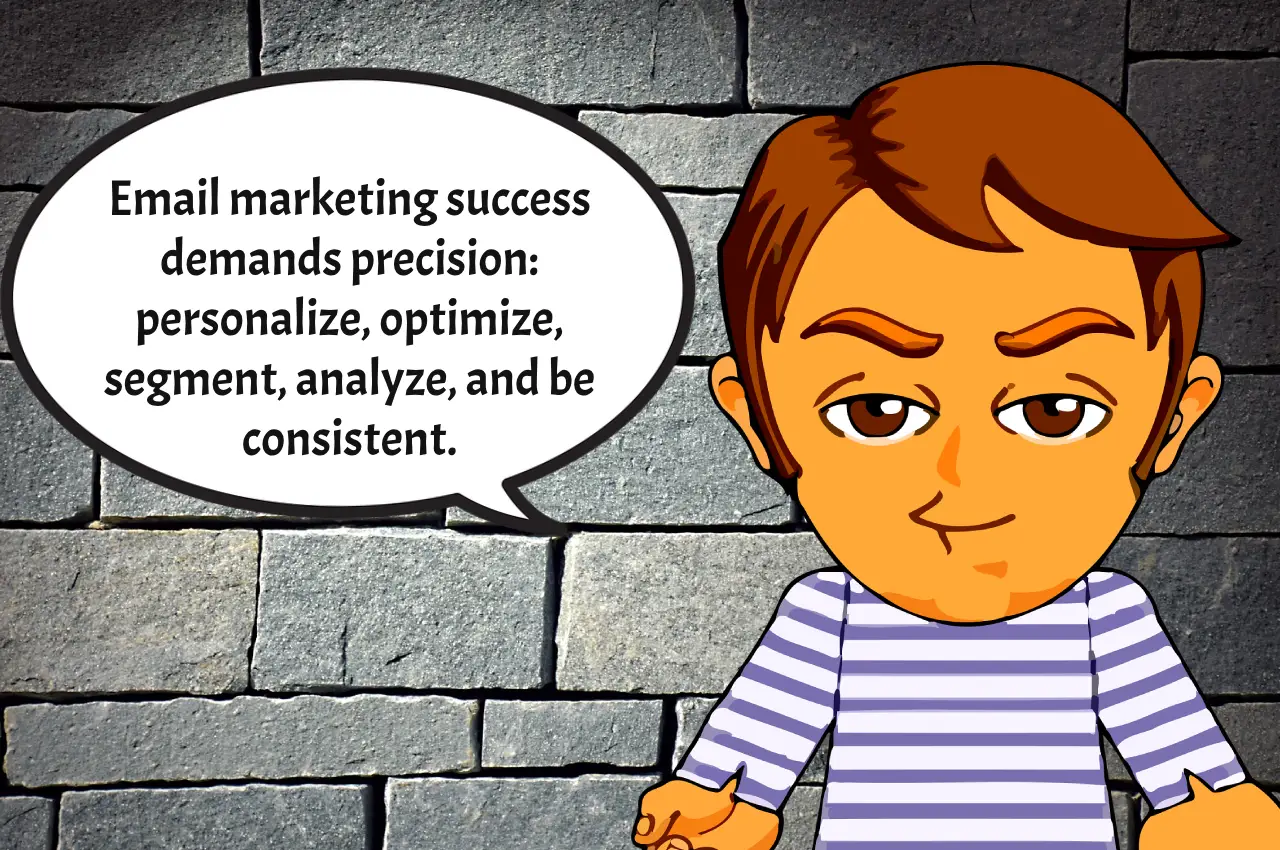In today’s fast-paced digital marketing world, staying a step ahead is not just an advantage but a necessity. This is where growth hacking comes in, blending marketing savvy with smart technology and data analysis. For marketers keen on driving impactful results, mastering growth hacking tools is essential. This blog explores the essential growth hacking tools every marketer should have in their arsenal. It offers insights into their benefits and applications.
Understanding the Growth Hacking Phenomenon
Growth hacking is a relatively new term in the marketing lexicon. Yet it has quickly become a cornerstone strategy for startups and established companies alike. It focuses on rapid experimentation across marketing channels and product development to identify the most effective and efficient ways to grow a business. As a marketer, tapping into the power of growth hacking means equipping yourself with a suite of tools designed for this very purpose.
Analytics and Data Interpretation Tools
Google Analytics: This is perhaps the most fundamental tool in a digital marketer’s arsenal. Google Analytics offers comprehensive insights into website traffic, user behavior, and conversion data. It enables marketers to track the effectiveness of their campaigns and make data-driven decisions.
Hotjar: While Google Analytics tells you what is happening on your website, Hotjar shows you how it’s happening. By providing visual data through heatmaps, visitor recordings, and conversion funnels, Hotjar helps you understand user behavior at a granular level.
SEO and Content Optimization Tools
SEMRush: SEMRush is an all-in-one tool that offers solutions for SEO, PPC, content, social media, and competitive research. It’s particularly effective in keyword research and SEO audits, helping marketers optimize their content for better search engine rankings.
BuzzSumo: BuzzSumo allows you to discover the most shared content across social media and analyze what content performs best for any topic or competitor. It’s a powerful tool for content strategy and ideation.
Social Media Management and Design
Hootsuite: As a social media management tool, Hootsuite lets you schedule posts across multiple platforms, track social media traffic, and engage with your audience, all from a single dashboard.
Canva: In the visually-driven world of social media, Canva is a lifesaver for creating professional-looking graphics. Its ease of use and extensive template library make it accessible to marketers of all skill levels.
Email Marketing and Automation Tools
Mailchimp: Renowned for its user-friendly interface, Mailchimp allows marketers to design and send email campaigns, automate marketing processes, and analyze the results for optimized campaigns.
HubSpot Email Marketing: Part of the larger HubSpot suite, this tool offers not only email services but also a comprehensive integration with CRM and marketing automation. This provides a holistic view of your customer interactions.
Workflow Automation and Integration
Zapier: Zapier is a tool that connects your favorite apps, such as Gmail, Slack, Mailchimp, and more than 1,500 more. It automates repetitive tasks, saving you time and enhancing productivity.
IFTTT: Standing for “If This Then That,” IFTTT is a free web-based service to create chains of simple conditional statements, called applets. It’s a powerful way to automate and integrate diverse marketing tools and services.
Comprehensive CRM Systems
Salesforce: As a cloud-based software company, Salesforce provides CRM solutions and a suite of enterprise applications focused on customer service, marketing automation, analytics, and application development.
HubSpot CRM: HubSpot offers a dynamic CRM platform that includes marketing, sales, customer service, and content management software. It’s known for its user-friendly interface and comprehensive features.
User Experience and Conversion Rate Optimization
Optimizely: Focusing on digital experience optimization, Optimizely is a tool for A/B testing, website personalization, and experimentation, crucial for improving user experience and conversion rates.
Unbounce: Specializing in landing pages, Unbounce provides marketers with the tools to create, optimize, and convert more visitors into customers or leads. It’s an essential tool for optimizing conversion rates.
Success Stories
Consider the case of a small online retailer that leveraged Google Analytics and SEMRush to identify and target high-value customer segments. This resulted in a 50% increase in organic traffic within six months. Or the story of a tech startup that used Hootsuite and Canva to overhaul its social media strategy. This lead to a triple-digit growth in social media engagement.
As a marketer in the digital age, your toolbox needs to be as diverse and dynamic as the landscape you operate in. Growth hacking tools offer a pathway to smarter, more efficient marketing strategies that are data-driven and results-oriented. From analyzing user behavior to optimizing content and automating mundane tasks, these tools cover every aspect of modern marketing.
I’m eager to hear about your experiences with these tools. Have they transformed your marketing strategies? Do you have a success story to share? Or perhaps you’re looking for advice on integrating these tools into your workflow? Drop your thoughts, questions, and insights in the comments below. Let’s discuss and learn from each other’s experiences in harnessing the power of these growth hacking tools!





